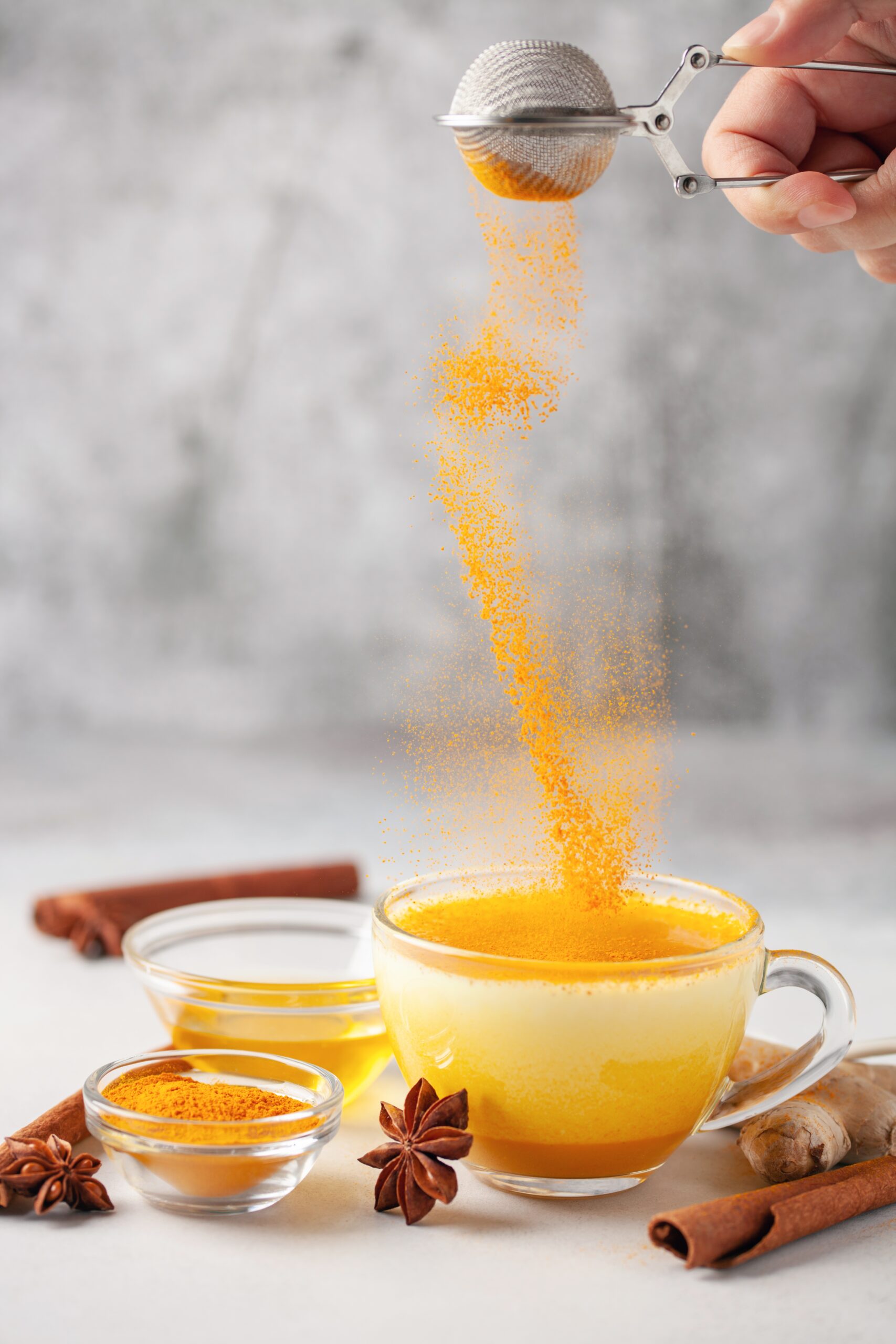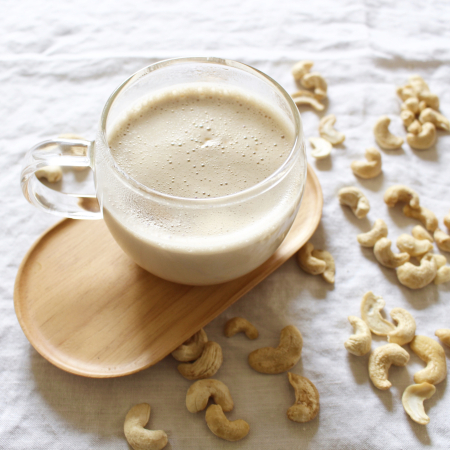

Vata types will find this a rejuvenating drink, especially with the sweetness of milk, ghee and sugar. It is said to restore a feeling of vitality and sexiness. This drink is also Sattvic, which means it is balancing and restorative. The saffron is a one-two punch in the areas of rejuvenation – perfect to keep stocked in your kitchen in fall!
Eastern View: Saffron-This exotic herb is famous for its medicinal, coloring and flavoring properties. Valued all over the world, especially by culinary and medical experts.
Despite its cost, many medical practitioners consider saffron’s health benefits to be worth their weight in gold. Saffron has its importance in Ayurveda, Chinese, Unani, and Tibetan medicine.
In ayurveda reference of Saffron is found in the ancient books (Vedas). Its snigdha (oily) and laghu (light) properties, along with its bitter taste pacifies all doshas. Saffron also has a unique vipaka (post digestive process) of helping assimilate nutrition. It is also hot in potency and said to pacify and support all three doshas (vata,pitta and kapha). Saffron is considered a sattvic food which means it calms and grounds the central nervous system too.
It has been traditionally prescribed to control phlegm, improve respiratory function and as a lung tonic. Saffron has bronchodilator effects it helps in improving pulmonary oxygenation hence it’s used in conditions like whooping cough, asthma, cold, cough, and throat ailments. Saffron has properties to improve vision and correct weak eyesight.
Saffron is a cardio tonic and has anti-atherosclerotic effects which help in lowering blood cholesterol and triglycerides.
This spice is a powerful liver tonic and carminative. It is used for the improvement of digestion and increases appetite. It helps in ailments like indigestion, vomiting, diarrhea, acidity, spleen ailments.
Sedative action of saffron helps in curing insomnia, a pinch of saffron taken with warm milk at night helps curing insomnia. Saffron is also known for its exhilarating and anti-depressant activity which leads to the sense of well being. The effects of saffron in the improvement of depression are excellent.
Saffron also possesses aphrodisiac properties as per ayurveda texts hence it’s used to cure impotence. Saffron consumption is most useful in enhancing the vitality of men. The positive effects of saffron include increasing of libido, enhancement of erectile function, and amelioration of semen quality.
Ayurvedic medicines containing saffron are used to treat acne, dry skin, blemishes, dark circles around eyes and several such skin ailments. It helps to beautify skin by enhancing its glow.
Saffron is considered as blood purifier and anti–inflammatory in nature. Saffron is also known to produce positive effects on people with neurodegenerative disorders. Saffron promotes learning, memory retention, and recalling capacity. It is useful in the treatment and management of age related mental impairment. Saffron has been known as an effective and safe treatment for early Alzheimer’s disease. These gorgeous red stigmas help to rejuvenate body and act as “Rasayana.” They improve body immunity plus increase energy level.
Western View: Saffron contains several plant-derived chemical compounds that are known to have been antioxidant, disease prevention, and health promoting properties.
Their flower pistils compose several essential volatile oils, but the most important of them all is safranal which gives saffron its pleasant flavor. Other volatile oils in saffron are cineole, phenethenol, pinene, borneol, geraniol, limonene, p-cymene, linalool, terpinen-4-oil, etc.
This colorful spice has many non-volatile active components; the most important of them is α-crocin, a carotenoid compound, which gives pistils their natural golden-yellow color. It also contains other carotenoids, including zeaxanthin, lycopene, α- and ß-carotenes. These are important antioxidants that help protect the human body from oxidant-induced stress, cancers, infections and acts as immune modulators.
The active components in saffron have many therapeutic applications in many traditional medicines as antiseptic, antidepressant, antioxidant, digestive, anti-convulsant.
This novel spice is an excellent source of minerals like copper, potassium, calcium, manganese, iron, selenium, zinc and magnesium. Potassium is an important component of cell and body fluids that helps control heart rate and blood pressure. The human body uses manganese and copper as co-factors for the antioxidant enzyme, superoxide dismutase. Iron is essential for red blood cell production and as a co-factor for cytochrome oxidasesenzymes.
Additionally, it is also rich in many vital vitamins, including vitamin-A, folic acid, riboflavin, niacin, and vitamin-C that is essential for optimum health.
Warm Cashew Cardamom Milk with Saffron
Ingredients:
Instructions:
Put all the ingredients in a saucepan and bring to a boil, stirring frequently, over medium heat.
Pour or ladle into mugs, and serve immediately.
Check out my free guide to stocking your Ayurvedic kitchen for more of the best foods for your metabolic type.
In health,


The Holistic HIghway integrates traditional Western medical practices with Ayurveda medicine, creating a focus on prevention through nutrition, diet, and exercise; use of the latest genetic testing and other diagnostic techniques; and prescribed combinations of botanical medicines, supplements, therapeutic diets, detoxification programs, or stress-management techniques.

Integrative Health Expert | Ayurveda Practitioner | Author | Speaker
Kerry is a globally recognized leader in integrative medicine and the science of health known as Ayurveda. She is passionate about raising awareness of the need for a change in contemporary medicine that focuses on patient empowerment and a health-based (rather than disease-based) medical system.
Kerry is connected with The University of Pittsburgh Center for Integrative Medicine and remains a pioneer in the field of integrative medicine where she has developed a personalized system to manage chronic disorders by incorporating fundamental changes in diet, behavior, and stress while focusing on genetics.
This individualized program is so successful that many of her clients have achieved maximum healing and vitality after years of chronic problems!
More to Explore
Contact
Disclaimer
The sole purpose of all the website content is to educate and provide information about Integrative Health, Genetics and Ayurveda.This information is not intended for use in the diagnosis, treatment, cure. or prevention of any disease.
Stay Connected